
How To Deal With Hot Pepper Blossom-End Rot
Blossom-end rot on hot chilli peppers may look like a disaster, but rest easy, it can be solved! Caused by a lack of calcium within the plant, there are a few factors you need to check before treating this ailment. Find out all about hot pepper blossom-end rot here!
Blossom-end rot is, thankfully, not rot at all. Though it looks as though the ends of our peppers may have succumbed to some infection, this is not the case. When pepper fruits can’t get enough calcium, they are unable to form new skin, which leads to what we call blossom-end rot. Just like humans, capsicum plants need calcium to keep their structural integrity intact—see it as the building block required to build a plant's "skeleton."
This non-contagious issue is pretty easy to identify and equally easy to solve—and prevent! Using this guide, you should have no problem saving your harvest and getting a good crop of hot peppers!
What Causes Hot Pepper Blossom-End Rot?
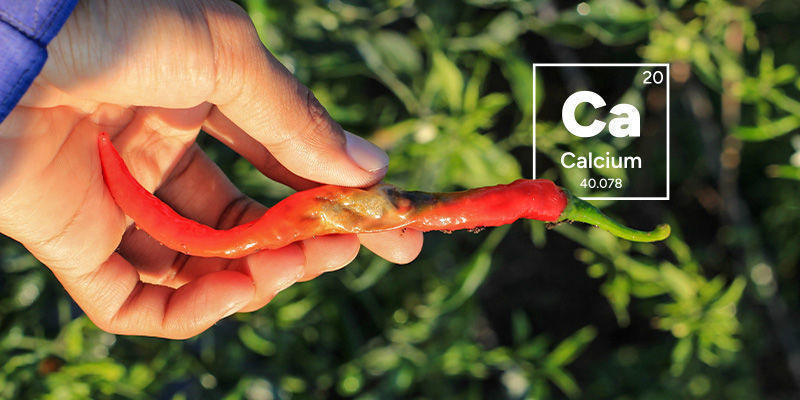
Blossom-end rot occurs when the pepper plant doesn’t have enough access to calcium, which means that it cannot properly grow new skin at the “blossom-end”. So, in a nutshell, blossom-end rot is caused by a calcium deficiency.
That being said, the problem is not usually caused by insufficient calcium in the soil. Rather, it is much more likely that some other cause is preventing the plant from uptaking or transporting calcium properly, thereby leading to a calcium deficiency within the plant. There are a few potential causes for calcium deficiency in pepper plants, such as:
Improper Irrigation
Both over and underwatering hot peppers can lead to calcium deficiencies. Excess watering will cause your plants to become stressed and (obviously) increase their moisture content. These factors can eventually lead to the occurrence of blossom-end rot. The reason that overwatering causes calcium deficiency is that it limits the amount of oxygen available to roots, which inhibits their ability to absorb nutrients from the soil.
Likewise, to a lesser degree, underwatering could be a factor. Or, rather, uneven watering could be. Plants are happiest and least stressed when they have an even watering schedule. Allowing them to dry out a little sometimes isn’t going to cause blossom-end rot in itself, but it can contribute to larger stress, which could cause blossom-end rot.
Factors Limiting Root Growth
Basically, anything which negatively affects the plant’s roots could trigger a calcium deficiency. This is because if the roots become damaged or in some way inhibited, they will be unable to feed properly.
Causes of root issues could be:
- Root pathogens
- Soil compaction
- Poor soil temperature
- pH below 6
How to Prevent Blossom-End Rot
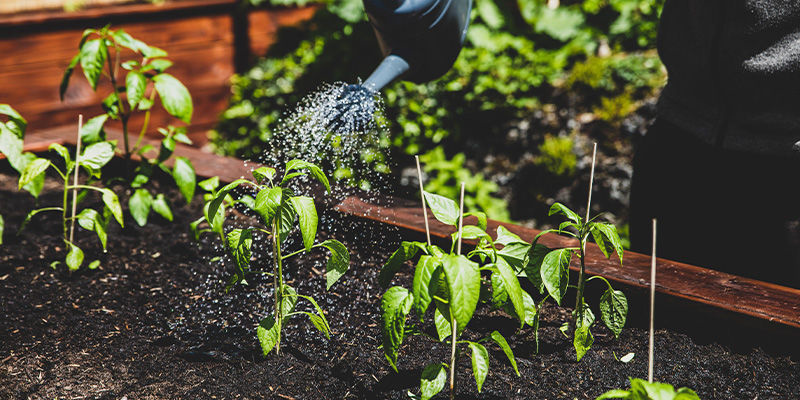
Like all ailments in life, prevention is the best cure. Keeping your plants and their environment healthy will yield the best results and stave off potential problems. With that in mind, here are some ways to prevent blossom-end rot.
Water Consistently
As mentioned, even watering is a key factor in raising healthy pepper plants. Not only is this useful for preventing blossom-end rot, but will also keep your plants generally happy, preventing all manner of issues. Consistent watering is less about regular timing and more about maintaining the right moisture level in your soil. A timely watering schedule that drowns your plant is no good! In general, you want to soak the soil pretty well when you water, but ensure there is adequate drainage, so it doesn’t stay soaked. Then, sit back and leave it until the top layer of the soil is dry. Test it by pushing a finger in. If it’s dry until about the depth of a knuckle, then it could probably do with watering. Another—for your plants more stressful—approach is to wait until the plants show they need a good sip of H₂O; drooping leaves are a surefire sign they are thirsty. Maintaining the correct moisture levels in your soil is one of the easiest ways to protect your plants.
Make Sure Roots Grow Without Limitations
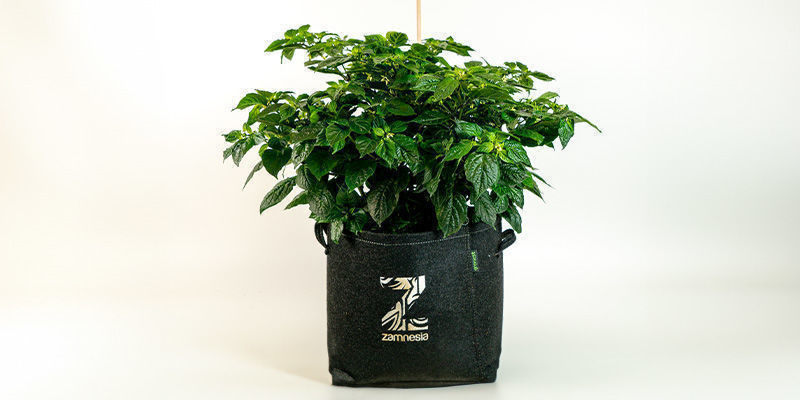
Good quality soil at the right density is worth a lot. Roots like plenty of space to grow and breathe, needing a lot of oxygen. Moreover, spacious soil will allow for proper drainage. When you fill a pot, don’t press the soil down. This will push out all the space and air, and will lead to root limitations. Just fill pots naturally and let the soil settle as it sees fit. Likewise, try to use clean soil. Dirty soil from your garden or public ground may harbour pathogens, which can infect your roots and ruin a grow. Either make your own soil mix under appropriate conditions or buy high-quality soil from a garden centre.
Test pH and Adjust if Necessary
If the pH drops below 6.0, then pepper roots will struggle to absorb calcium. Most good soils should come with a pH that’s suitable for growing hot peppers, but if not, you can adjust it yourself. The following can be used to raise the pH of soil:
- Egg shells
- Lime
- Bone meal
- Epsom salts solution
After you’ve adjusted pH, check the soil with a pH metre to know it’s in the appropriate range.
Use Correct and Good-Quality Fertiliser
Using good-quality fertilisers is well worth it. Tomato or pepper feed should be appropriate for hot peppers, and any good ones will have ample calcium in them. If you use a good feed, you can be certain that blossom-end rot is the consequence of some issue other than underfeeding.
How to Treat Blossom-End Rot
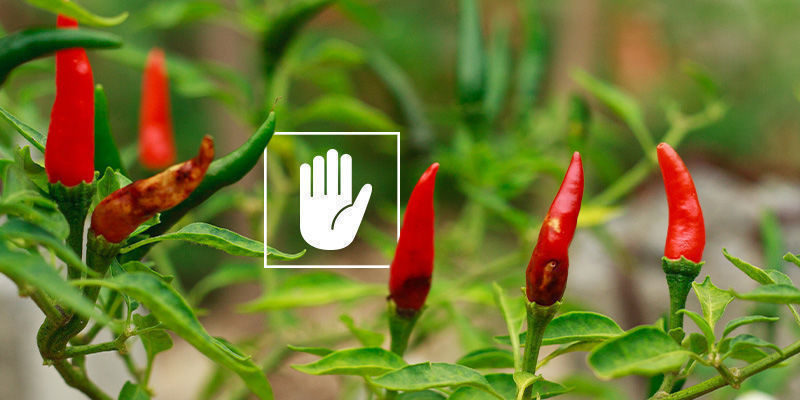
If you find that your plants develop blossom-end rot, there’s no need to despair. Of course, it’s not good news, but it needn’t be a disaster either. Follow these steps to mitigate the issue.
Remove Affected Fruits
First step is to remove the affected fruits. These may take a disproportionate amount of calcium in an attempt to heal, leading to the spread of blossom-end rot to newly forming berries. Removing affected fruits gives newer fruits a better chance of developing properly.
Improve Soil Moisture Levels
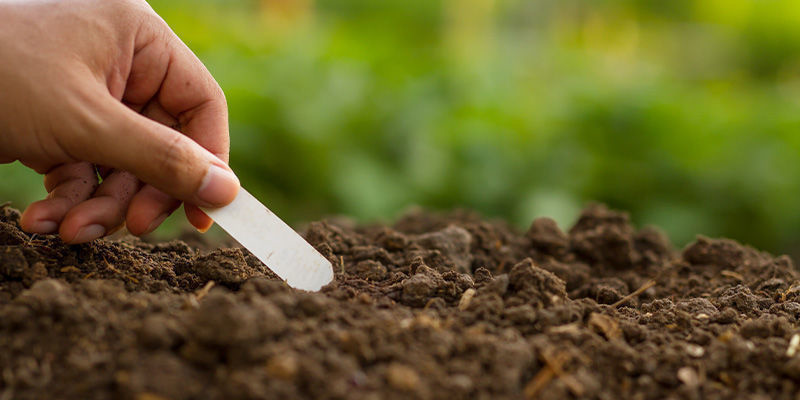
Unless you’ve identified overwatering as the cause of blossom-end rot, then improving the moisture content in the soil can be very helpful. There are two ways you can do this.
Increasing organic material in the soil will help to hold moisture, minimising fluctuations in water content. Essentially, it will create a more stable environment for the roots to live in.
Alternatively, organic mulch on top of the soil is great for trapping moisture and preventing evaporation from the soil. This also creates a more stable environment, and should improve root health.
Help Plants Take in More Calcium
As before, increasing the pH in the soil might give the plants more of an opportunity to absorb calcium from the soil, and transport it to their berries. Follow the following steps to increase the pH and make calcium more available.
Calcium Foliar Spray
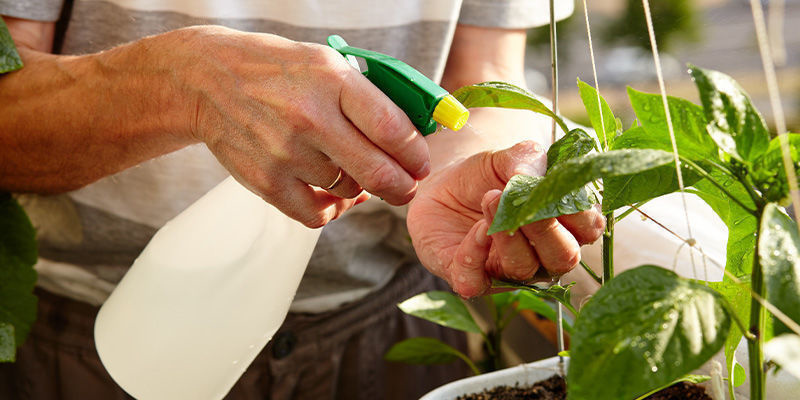
As an immediate fix, a calcium foliar spray might be helpful. You can spray these directly onto the leaves, where the plant will begin absorbing it straight away. This is a great way to get a hit of calcium into the plant whilst you figure out what the underlying issue is, and seek to fix it.
Foliar Spray and Pest Prevention
If you want to prevent blossom-end rot, there is a simple practice to follow that comes with the beautiful side effect of repelling two major annoyances from your capsicum plants—aphids and spider mites. Since tap water contains calcium, you can use it as a very mild foliar spray. Simply fill a pressure sprayer, and mist your plants generously after the hottest time of the day has ended—which should be around 16°°.
Start doing this as soon as your young plants are well-established, i.e. have at least 5 sets of real leaves, and keep repeating it on a daily basis (except on cold or rainy days). This will drastically increase the RH for a short period of time, creating a hostile environment for aphids and spider mites as the high humidity hinders them from breathing through the teeny trachea in their exoskeleton.
Is it Safe to Consume Hot Peppers with Blossom-End Rot?
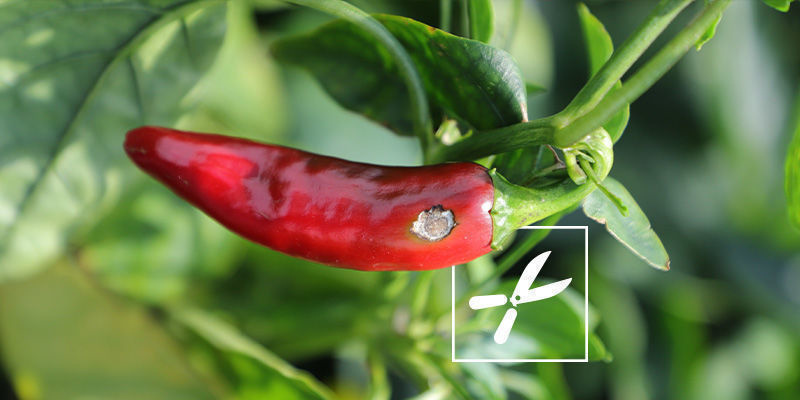
So long as you’re certain that the problem is blossom-end rot, not a bacterial infection or a real type of rot, you can safely eat affected peppers. Simply cut away the affected parts, and the rest should be good to eat.
Use a little common sense with this one. If it looks healthy and tasty, then it probably is. If it smells or looks off, then maybe it’s best suited to the bin!
Blossom-end Rot: the End of the World?
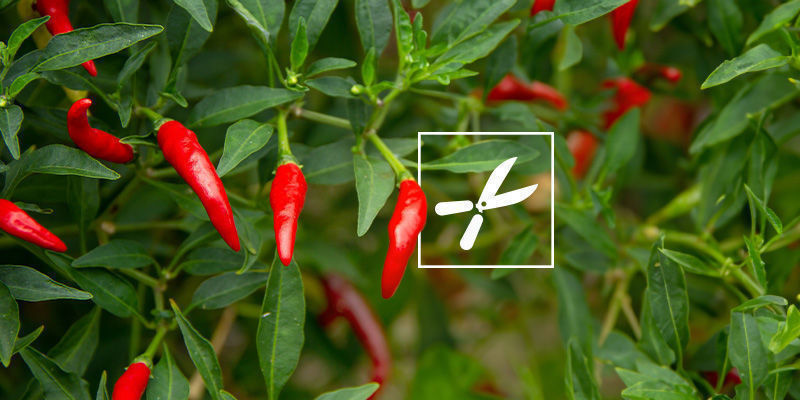
Though annoying, blossom-end rot is by no means a disaster when growing hot peppers. They don’t have an infection, they’re not contagious, the berries can still be eaten, and they can be easily cured: there are worse things that could happen!
Preventing blossom-end rot should usually be easy, but sometimes these things just happen. With the information provided above, you should be able to identify the cause and find a solution—if not prevent it from occurring in the first place. All going well, you can still get a good haul of chilli peppers!
Frequently asked questions
- vraag
- antwoord
-
 3 min
17 February 2023
How To Make Chilli Oil
Making chilli oil at home is incredibly easy. In this article, we give you two methods to make your own hot chilli oil. Then, we even show you how to infuse it with the psychoactive properties of...
3 min
17 February 2023
How To Make Chilli Oil
Making chilli oil at home is incredibly easy. In this article, we give you two methods to make your own hot chilli oil. Then, we even show you how to infuse it with the psychoactive properties of...
-
 4 min
16 May 2022
How To Store Chilies And Peppers (Short And Long Term)
There's no doubt about it; cultivating pepper and chili plants is a hugely rewarding experience. But it's the harvest we really do it for. Having a supply of great-tasting and spicy chilies at your...
4 min
16 May 2022
How To Store Chilies And Peppers (Short And Long Term)
There's no doubt about it; cultivating pepper and chili plants is a hugely rewarding experience. But it's the harvest we really do it for. Having a supply of great-tasting and spicy chilies at your...
-
 3 min
5 May 2022
How To Harden Off Hot Pepper Plants
Learning to harden off your chilli seedlings means they can survive the change from indoors to outdoors. A crucial element of transplanting chilli plants, find out how to do it effectively.
3 min
5 May 2022
How To Harden Off Hot Pepper Plants
Learning to harden off your chilli seedlings means they can survive the change from indoors to outdoors. A crucial element of transplanting chilli plants, find out how to do it effectively.
-
 6 min
12 April 2022
How To Transplant Hot Pepper Plants
Growing chili plants is highly rewarding and, if done right, can produce bountiful harvests of tasty hot peppers. Transplanting is a crucial skill when it comes to chili cultivation, and we're here...
6 min
12 April 2022
How To Transplant Hot Pepper Plants
Growing chili plants is highly rewarding and, if done right, can produce bountiful harvests of tasty hot peppers. Transplanting is a crucial skill when it comes to chili cultivation, and we're here...





 United States
United States











